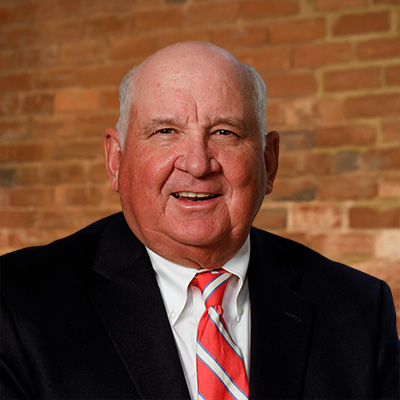It can happen in an instant. A puddle you never saw, a ball that bounced the wrong way, or a moment of inattention behind the wheel and you are forced to deal with a serious head trauma. Few things are more frightening than hearing that a loved one has suffered this type of injury. Parents drop everything and rush to schools, spouses hurry to hospitals, and entire families wait and pray. Only to find that most of the time, the victim is alright. A little shaken up and perhaps a bit confused, but starting to feel better and ready to go home. Whew. The crisis is over, right? Wrong.
When a person experiences a head trauma the head decelerates so fast that the brain continues traveling and strikes the inside of the skull. Direct damage from that impact is referred to as primary traumatic brain injury, and its consequences are generally noticeable immediately after the accident. However, the impact can also cause a slow bleed or swelling in the brain. Both lead to a slow increase of pressure inside the skull. In these cases the victim often appears fine, but all the time the intracranial pressure is increasing. This is known as secondary brain injury.[1]
In most cases it takes 12-24 hours for secondary brain injuries to develop to the point of showing easily recognizable symptoms. By this time the blood and oxygen flows to the brain can be severely compromised, resulting in brain herniation, coma, serious brain damage, or death.[2]
Secondary brain damage is deadly, but it is also often preventable. Many people choose not to seek medical attention after a head injury because after the initial pain they begin feeling better. Always remember that this quick recovery can hide the beginnings of a serious problem that could have devastating consequences.
About the Author: Chris Guedri is a personal injury attorney in the Richmond office of Allen & Allen. Since joining the firm in 1991, Chris has focused his practice on complex traumatic brain injury cases, car accidents, trucking accidents, and product liability cases .




